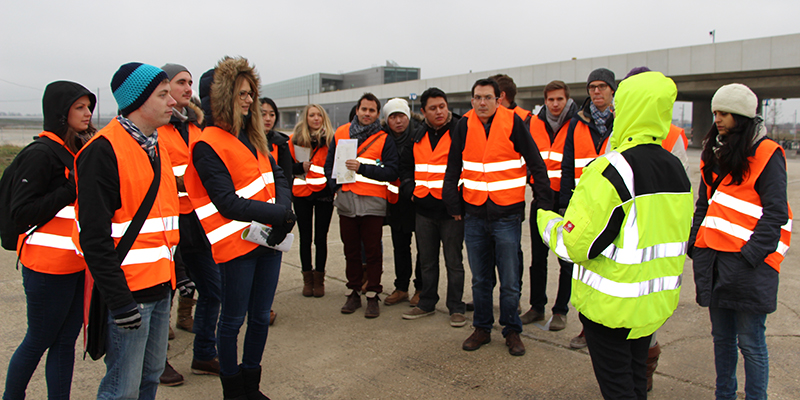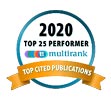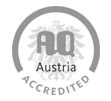A visit to Vienna's first 'Smart City'
January 15, 2015
‘’Smart city is the new ‘buzzword’’ says Prof. Sabine Sedlacek of the Department of Public Governance and Sustainable Development, ‘’but it also has benefits in terms of the environment and sustainability, because cities are becoming more efficient.’’
MSc students from her Environmental Management and Sustainability Seminar are working on the topic of ‘smart cities’, a growing movement in European cities.
‘’The smart city idea is new driving force of helping cities to become more sustainable or suggest the concept of a sustainable, ecological city,’’ she says. Elements such as lowered emissions, green space, energy efficiency, and social/community wellbeing are all considered in these developments.
Recent attention from the European Union has stakeholder platforms and a lot of initiatives for smart city development, which in turn has cities competing with each other for EU support for their projects.
Students are studying some of these international examples of smart cities in class, but the opportunity to visit one right here in Vienna presented itself. Making use of public transport they took a field trip to the construction site and future home of Vienna’s first ‘smart city’.
Seestadt Aspern is a major urban development project currently underway located in the 22nd district on the site of a former airport at the borders of Lower Austria. The U2 U-Bahn line has been recently extended to reach it, a crucial element to making the city more sustainable by having less residents driving cars.
Equipped with security vests, hard hats, and a guide, they got to see this new city within a city in its early stages. So far only one of the dozens of planned buildings has been completed, and the first residents have recently moved in to the building which has already been awarded for sustainability, efficiency and design.
The urban management element which particularly interested the students is the ‘mixed usage’ area, which will be solely for apartment blocks containing social, privately-owned, cooperative, and student housing.
Student Aishwarya Krishnan had both praise and criticism for the project: “Hats off to Sabine for organizing a trip that was quite insightful, especially for my group as we are writing about Vienna’s Smart City initiative. The sheer scale of the project was impressive but you could see that compromises were made, and not for the better. Nevertheless, it is a commendable effort. Also, I think we gave the organizers a good experience too, being a group who knew so much about what they were doing so we weren't fooled easily by some of the green washing.”
In the end phase, Seestadt Aspern is expected to house 20,000 workplaces and 20,000 residents over a 2.4 million m2 area.





